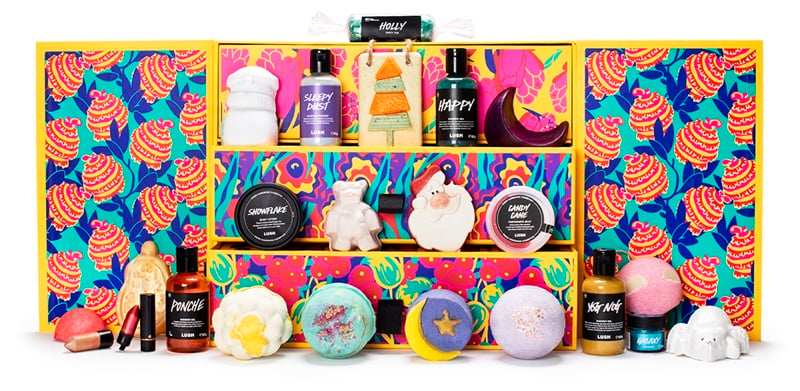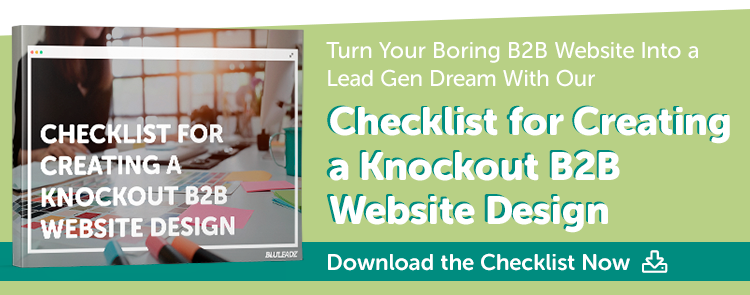User-centered design (UCD) is all about considering the target audience’s needs through every development phase. For example, where will people use a product or service? Why? What requirements do they want to fulfill while interacting with it?
Aspects of UCD also examine how company leaders can stay aware of consumer requirements while meeting their organizational goals.
Here’s a look at some of the likely ways user-centered design will affect business operations in 2021.
4 Ways User-Centered Design Will Impact Businesses in 2021 and Beyond
1. It Will Impact App Design Choices.
People are less likely to use apps if they find them confusing or irrelevant to their needs. A general lack of trust in tech companies that provide apps can also discourage individuals from using them.
For example, an April 2020 poll asked respondents about several matters related to COVID-19, including whether they would use a contact tracing app, if available.
About 41 percent of people said they probably or definitely would not. Moreover, 56 percent of those polled said they did not trust tech companies that develop such apps to keep people’s data anonymous very much or at all.
Unfortunately, the researchers did not ask people to cite other reasons besides potential mistrust that could stop them from using an app.
Do they find most of them cumbersome or confusing to use? Do they feel it’s just easier to get things done without them? Did they have a few bad experiences with apps in the past that tarnished their opinions of all others afterward?
Winning people over with user-centered design and data privacy promises will likely prove crucial in 2021. Airlines reportedly may make travelers use apps that confirm they received a vaccine for COVID-19 or recently tested negative. Ticketmaster may do the same for its events.
Consider if one of the perks of such an app is that users can pull up their details with just two taps on a smartphone screen. Such ease of use could raise adoption rates.
2. It Will Affect How They Solve Problems.
Customer opinions can affect whether a product succeeds or fails.
The accessibility of social media allows anyone to post their feedback for the world to see. Thousands of people in that person’s site network could see those words within minutes, then expand the reach by sharing it with their friends, too.
The helpful thing about user-centered design is that it can positively influence how companies solve problems and meet needs.
Excelling at UCD requires studying things like how people use products, what companies currently offer and where customers usually are when depending on the products. User- centered designers have a deep understanding of their audiences. They also know what problems they typically face and seek to solve them.
For example, even people who love camping often grimace at the thought of putting up and taking down their tents, especially during solo excursions. A German company called HEIMPLANET tackles that problem by selling tents with inflatable frames.
The fabric stays connected to the framework, so pitching or packing up tents can happen in five minutes or less. A person merely stakes down each corner, attaches a bike tire pump and watches the tent take shape.
HEIMPLANET’S design team recognized a common issue whereby many tents take too long to set up and cause hassles at every step. Business owners should take a similar approach in 2021 by assessing which aspects generate the most customer complaints.
Could UCD address many or all of them? Applying it to problem-solving may encourage company leaders to tackle consumer difficulties differently than they did previously.
3. It Will Influence Their Packaging Plans.
A product’s packaging may set the tone for the rest of the user experience.
You can probably recall a few times where you bought a new item and felt excited to use it. That eagerness quickly disappeared when you struggled to open the package, however.
Fortunately, aspects like pull strips and cutouts can make it easier for a person to open a box without getting frustrated.
The packaging a business chooses can also amplify its brand voice. For example, a premium mailer box can establish a company as a high-end option. It might also feature a custom logo. Then, a recipient can immediately tell when their products arrive and feel a surge of anticipation. A package may have personalized aspects, such as a custom color scheme, to help the container stand out and convey a brand’s look.
Capitalizing on UCD also means listening to what people want.
Lush Cosmetics launched its advent calendar in 2019. Feedback from employees and customers indicated they’d love if future advent calendars eliminated excessive, throwaway packaging.

The Lush design team responded with a treasure chest-like box made from recycled materials. They intended for people to use the container far past Christmas — and possibly forever. Besides boasting a beautiful pattern, the box has metal handles and clasps for durability.
Companies should consider what changes they could make to support user-centered packaging design. Sustainability is one of Lush’s longstanding principles, so offering a reusable box makes sense. Maybe a business primarily serves older people who often have arthritic joints or limited mobility.
Redesigning the packaging with those limitations in mind could lead to more customer loyalty and overall satisfaction.
4. It Will Change Their Web Design Plans.
Aspects such as site loading times, navigation menus and how quickly a person gets feedback when clicking on an active link are all parts of user-centered design. People typically lack patience for websites that don’t perform smoothly and meet needs.
In the coming year, user-centered website design could also influence a company’s search engine optimization (SEO) rankings.
Google recently announced that it would start including page experience metrics when determining where a website shows up in a results list. The company has not finalized when it will begin examining those, but a blog post from Google promised to provide at least six months’ notice before the changes go into effect.
Poorly designed websites can shape user experience more than you may realize initially.
Consider an interface where the buttons shift locations as the page loads. That issue could cause a customer to click on “Cancel Order” when they meant to choose “Place Order.” Alternatively, if a person cannot figure out how to search for a product, they may give up and go to another site with a better, user-friendly design.
As company leaders plan for 2021, they should assess how a focus on UCD could address any known shortcomings with their websites.
For example, looking at a user feedback compilation could illuminate which features make a website easier and more enjoyable to use. On the other hand, it could emphasize where room for improvement exists.
User-Centered Design at the Forefront
These examples highlight why business owners and other people who work to improve customer experiences should start from a user-centered design perspective.
Doing that allows companies to keep their consumers as the foundation of every action, plan and goal.


Lexie Lu
Lexie Lu is a freelance graphic designer and blogger. She keeps up with the latest design news and always has some coffee in close proximity. She writes on Design Roast and can be followed on Twitter @lexieludesigner.